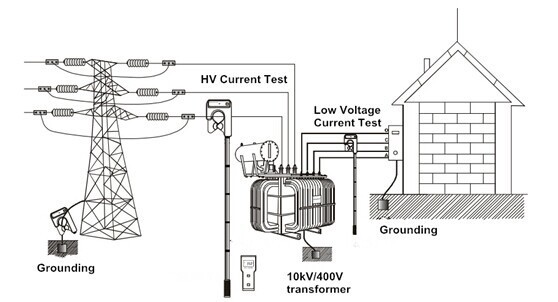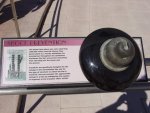No, not me doing such measurements.
I have become a fan of a man named Gerard Morin.
His common sense could prove fruitful, or at least he might
provoke others to finding a way to produce power other than the
electrical company. If you keep your eyes open you will see a LOT
of people on u-tube replicating his experiments, that in and of itself
speaks volumes.
Here is just one of MANY of his videos. No holds barred, full
disclosure, he shares it all, if he kept it to himself his life WOULD
be in peril. Shutting down the energy barons will make great enemies.
He can't be bought (from what I see anywho) and he has some fairly
deep pocket backers now I believe.
Can you imagine a small looping generator motor set up that "Amplifies" power?
It is the stuff dreams are made of.
Like he says, duplicate what he is doing and see for yourself.
CLICK HERE
The quality replies are much appreciated, Thank U!




